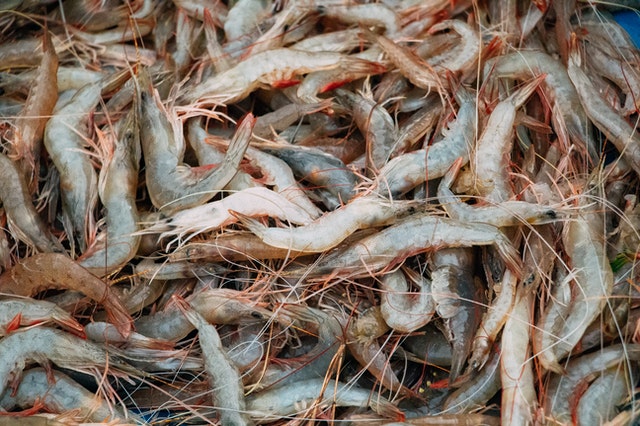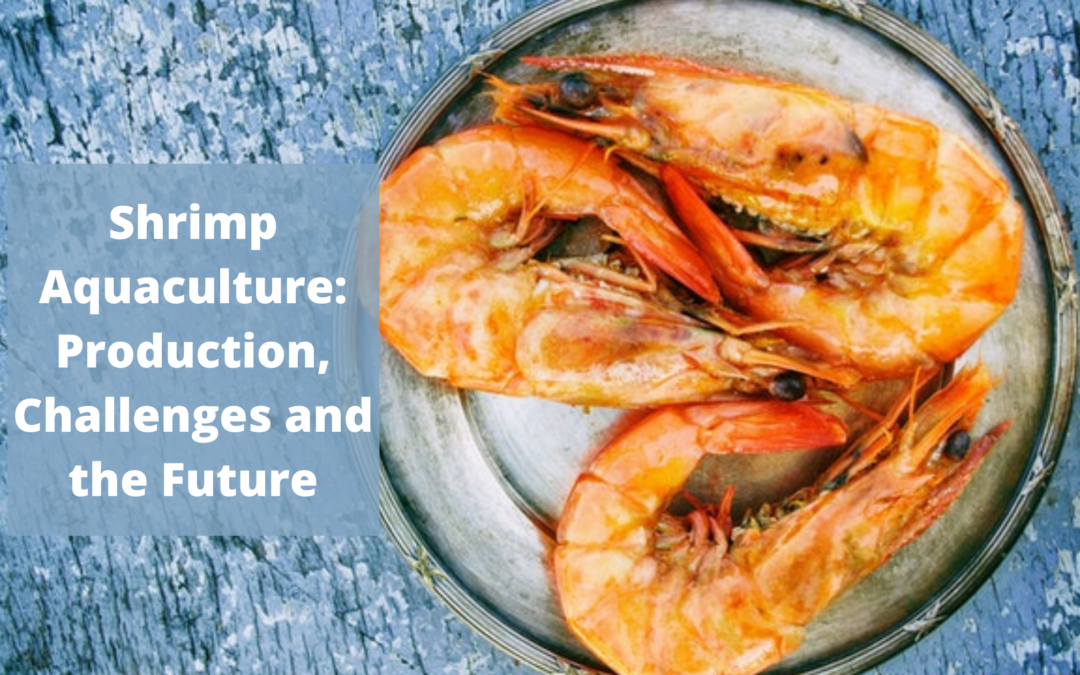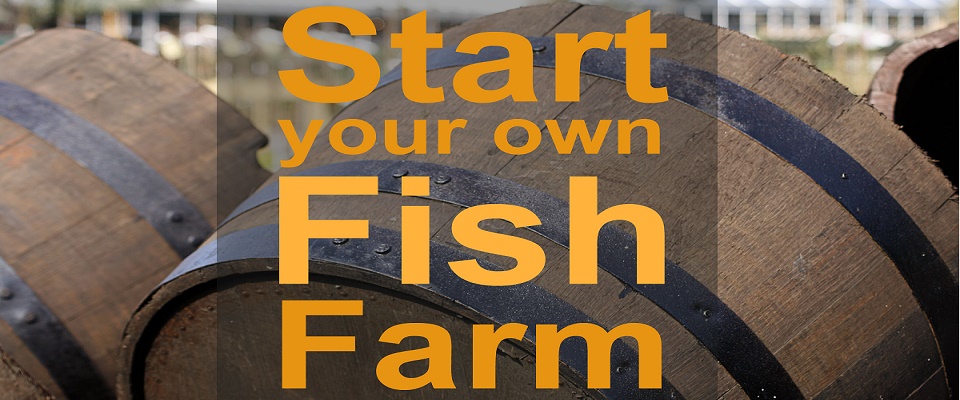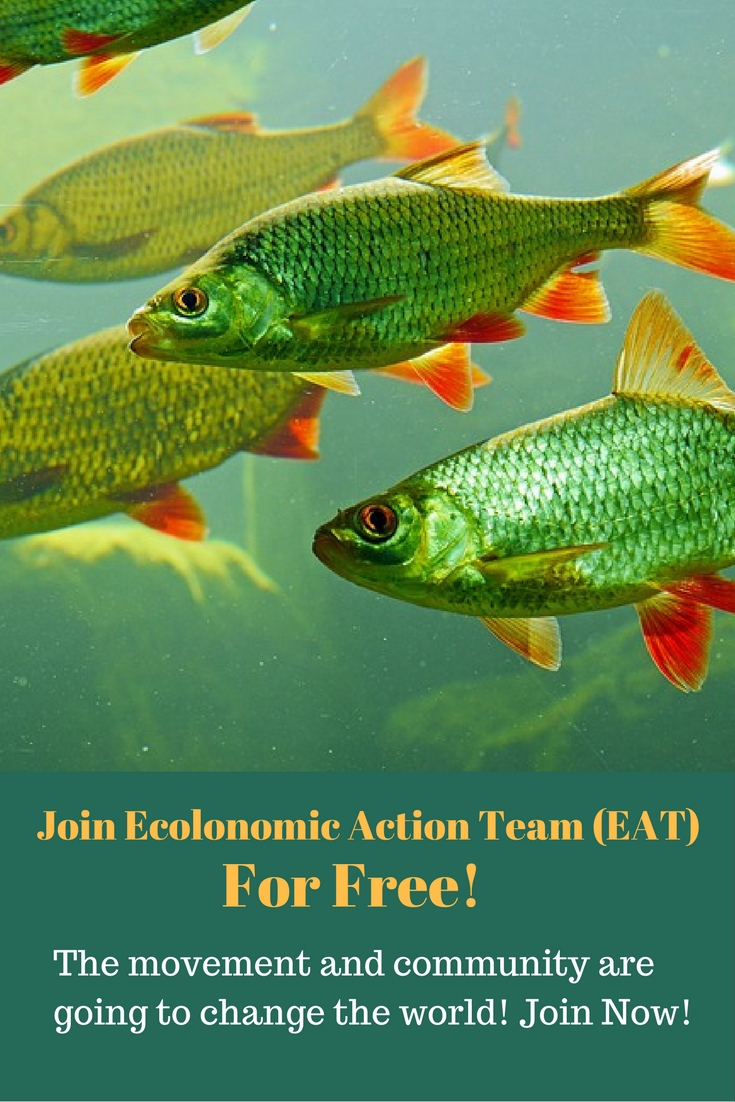Fish has become a very significant source of protein around the world. Shrimp aquaculture has increased greatly through the years and it is likely to continue increasing because it’s a tasty food that has all the nutrients and goodness you need. Demand for high-quality seafood such as shrimp, crabs, and oysters is also high and profitable for farmers.
It is important that aquaculture farmers minimize the impact on the ecosystem. Therefore, the development and implementation of an environment-friendly aquaculture system, that’s biodiversity-focused, is important.
For successful production, shrimp farmers are expected to consider several factors, such as high-quality species, water quality, natural supply of feed, and oxygen-rich environment, necessary for maximum growth of shrimp. Also, to ascertain a balanced level of oxygen, nitrogen, and phosphorus.
The levels of the nutrients should also be monitored and kept at the set limits. It is also important to keep the treatment systems or wastewater in mind. All farmers should also comply with the state or regional set requirements if they want a high survival environment for their shrimp.
Global Market Development
The global market of shrimp is expanding every day. There is a huge demand for seafood around the globe. Even though the production costs are high the global increase in shrimp production is about 5.7% per annum. The United States has gradually increased shrimp by 40% almost from 2013 – 2018. Price volatility has been a key issue among farmers. Farmers should consider measures to ensure consistent supply at the consistent quality if the market is to develop.

Industry Challenges
The aquaculture industry is dependant on both wild-caught fish and farmed fish. In the case of wild-caught fish, the industry is dependent on both ecological and technical factors.
Shrimp farmers most commonly face three challenges;
- Market prices,
- Production costs, and
- Disease
- Sufficient availability of affordable natural feed ingredients
However, increased innovation alongside technological growth can help with mitigating the challenges. To address the issue of diseases; shrimp farmers should try as much to limit the use of wild fish as an ingredient for feeds. To reduce the risk of infections, the use of affordable and natural ingredients such as soy and palm oil should be encouraged as feed.
The farmers should practice all required safety measures to ensure disease outbreaks are minimized. A health plan for the shrimps should be developed and implemented well on the farm. The plan should include steps for biosecurity management, and the use of shrimp-free larvae for stocking the pond.
The use of medicine before the outbreak of disease should be avoided and medications should be used only under strict conditions. Farmers should organize the ponds in a way that allows for high survival rates.
The Future of Shrimp Aquaculture
The shrimp industry is demanding and the future will rely on modern technology that incorporates natural ingredients along with high production shrimp species to minimize costs and improve production. In order to meet the high demands of high-quality fish, shrimp aquaculture is heavily reliant on modern technology, and also ecology to minimize the depletion of wild fish species.
Other areas that will require improvement include pathogen detection and a better understanding of shrimp farming and all that it entails. It will include improved use of probiotics, immune-stimulants, and the development of vaccines that might now seem far-fetched at the moment.
For an in-depth understanding of shrimp aquaculture and all that it entails, consider joining a community of farmers and the Ecolonomic Action Team Community. You will get access to valuable information and information that can be of help with shrimp farming.
P.S – For FREE online learning opportunities, join our EAT FREE Community, where you can make a little bit of money, making the planet better! We’d also love to hear from you. Please leave a comment below in the comment box.



